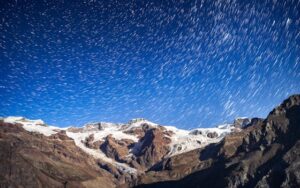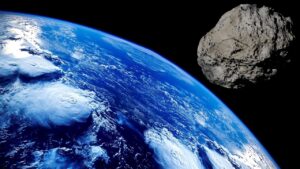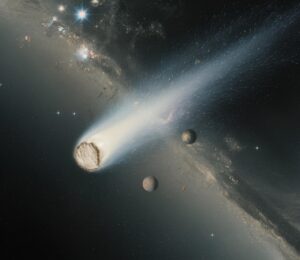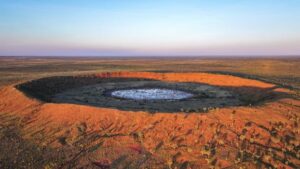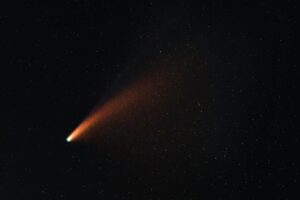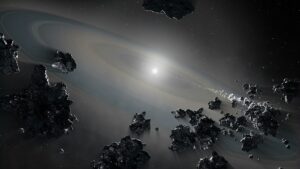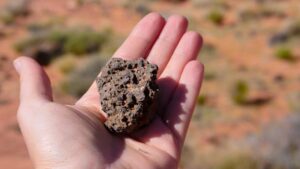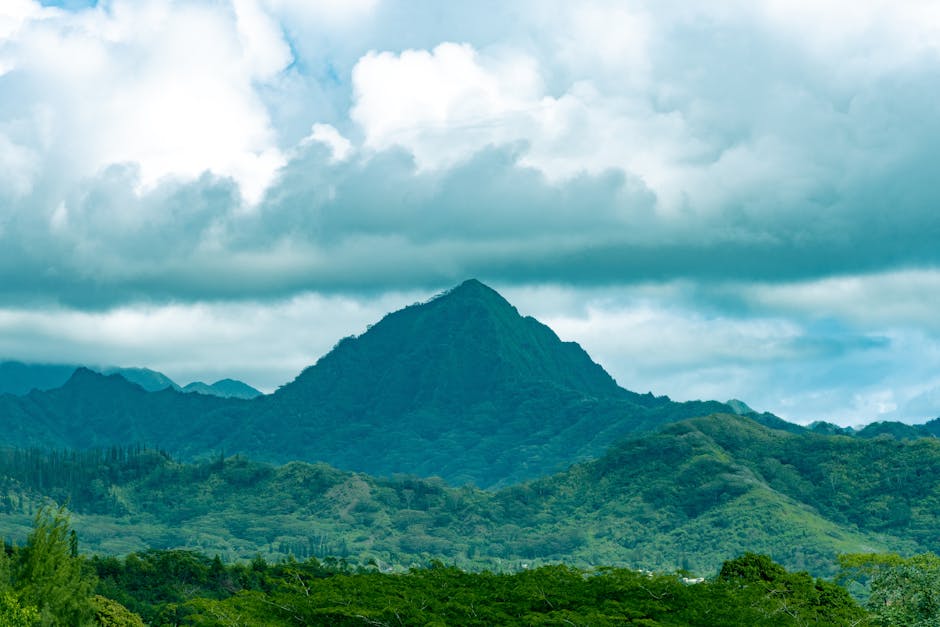⏱️ 5 min read
The world of botanical classification often surprises us with revelations that challenge our everyday understanding of fruits and vegetables. One of the most fascinating examples involves the humble banana, a fruit found in kitchens worldwide. While most people confidently categorize bananas as simply "fruit," the scientific reality is far more intriguing: bananas are botanically classified as berries, while many fruits we commonly call berries actually aren't berries at all.
Understanding the Botanical Definition of a Berry
To comprehend why bananas qualify as berries, it's essential to understand what botanists mean when they use this term. In botanical terms, a berry is a fleshy fruit produced from a single flower containing one ovary. The fruit must develop from the ovary of the flower and contain seeds embedded within the flesh. Additionally, the entire ovary wall ripens into an edible pericarp, which is the part we consume.
This scientific definition differs dramatically from culinary usage, where the term "berry" typically describes small, juicy, colorful fruits that can be eaten whole. The botanical classification system follows strict reproductive and structural criteria, regardless of size, taste, or common usage in cooking.
Why Bananas Meet the Berry Criteria
Bananas fulfill all the botanical requirements for berry classification. The banana develops from a single flower with one ovary, and the entire ovary wall transforms into the edible flesh we enjoy. The tiny black specks visible in the center of a banana are actually undeveloped seeds, another characteristic feature of true berries.
The banana plant produces a large flower cluster, and each individual banana originates from a single flower within that cluster. As the fruit develops, the ovary wall thickens into three distinct layers: the outer peel, the edible flesh, and an inner layer closest to the seeds. This three-layered structure is characteristic of many berries and demonstrates the banana's proper classification within this botanical category.
Other Surprising True Berries
Bananas aren't alone in their surprising berry status. Several other common fruits share this botanical classification despite not fitting our culinary expectations:
- Grapes: These at least align with popular understanding, as they're commonly called berries in everyday language
- Tomatoes: Despite being used as vegetables in cooking, tomatoes are botanically classified as berries
- Eggplants: These large vegetables are actually berries by botanical standards
- Kiwis: The fuzzy exterior hides the fact that kiwis are true berries
- Peppers: Both sweet bell peppers and hot chili peppers qualify as berries
- Avocados: This creamy fruit meets all the criteria for berry classification
- Watermelons and cucumbers: These are special types of berries called "pepos" with hardened outer rinds
Common "Berries" That Aren't Actually Berries
The confusion deepens when we discover that many fruits with "berry" in their common names fail to meet the botanical criteria. Strawberries, for instance, are classified as "aggregate accessory fruits" because they develop from a flower with multiple ovaries. The seeds visible on the outside of strawberries are actually individual fruits called achenes, and the red flesh we eat is enlarged receptacle tissue.
Raspberries and blackberries share a similar story. These fruits are aggregate fruits composed of many tiny drupelets, each developing from separate ovaries of a single flower. Botanically, they're classified as aggregate fruits rather than true berries.
Cherries, plums, and peaches belong to yet another category called drupes or stone fruits. These develop from a single ovary but have a hard stone or pit surrounding the seed, disqualifying them from berry status.
The Difference Between Botanical and Culinary Classifications
The disconnect between botanical and culinary terminology exists for practical reasons. Culinary classifications evolved based on taste, texture, cooking applications, and cultural traditions rather than plant reproductive structures. Chefs and home cooks categorize foods by how they're used in meals, leading to vegetables, fruits, and berries being grouped by practical rather than scientific criteria.
Botanical classification, conversely, serves scientific purposes related to plant evolution, genetics, and taxonomy. These systems help botanists understand plant relationships and evolutionary histories, providing crucial information for agricultural development and conservation efforts.
The Evolution of Seedless Bananas
Modern commercial bananas present an interesting wrinkle in the berry discussion. Wild bananas contain large, hard seeds that make them nearly inedible. Through centuries of selective cultivation, humans developed the seedless varieties we enjoy today. These bananas still contain tiny, undeveloped seed remnants, but they reproduce through vegetative propagation rather than sexual reproduction.
This seedless characteristic, while convenient for consumers, has created genetic uniformity in commercial banana crops. Most bananas sold worldwide belong to a single variety called Cavendish, making the entire crop vulnerable to diseases. This situation mirrors a previous banana variety extinction when the Gros Michel banana was decimated by Panama disease in the mid-twentieth century.
Why These Classifications Matter
Understanding botanical classifications may seem like academic trivia, but this knowledge has practical implications for agriculture, nutrition science, and biodiversity conservation. Accurate classification helps researchers study plant breeding, disease resistance, and nutritional properties. It also facilitates international trade regulations and agricultural policy development.
For consumers, recognizing the botanical nature of fruits enhances appreciation for the incredible diversity of plant reproduction strategies. It reminds us that scientific understanding often reveals unexpected connections and categories that challenge our assumptions about the natural world.
The next time you peel a banana, consider its remarkable botanical identity as a true berry—a classification that unites it with grapes and tomatoes while separating it from strawberries and raspberries. This simple fruit serves as a delicious reminder that nature's categories often surprise us when viewed through the lens of science.

